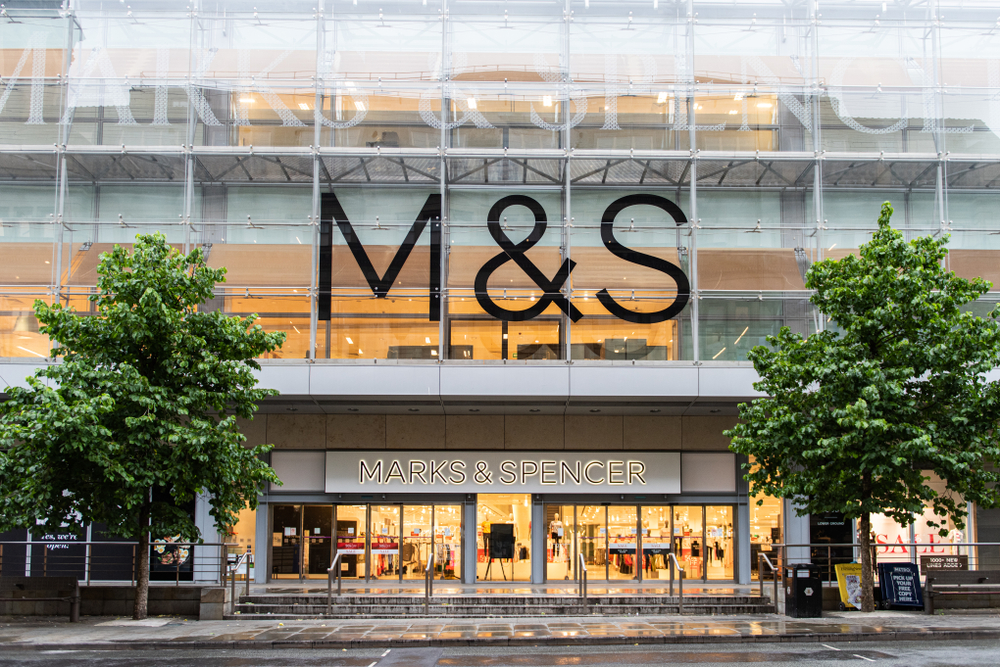The Middle East Beauty 2022: Ecommerce Region report delves into one the world’s fastest growing beauty markets – the Middle East.
With a specific focus on the markets of Iran, Israel, Qatar, Saudi Arabia, Turkey and United Arab Emirates, the report offers actionable insight into best practice models, technical centres of excellence and omnichannel opportunities.
Digital Editor, Scarlette Isaac, looks at some of the most interesting regional and international retailers and brands.
Market context
The beauty and cosmetics sector encompasses a diverse range of products,
with global factors influencing sales.
Iran, Turkey and Saudi Arabia, as the most populous of the countries focused on in this report, are the biggest markets for the beauty and personal care sector but when viewed by the amount spent per capita, it is Israelis who spend the most. They are also the most likely to be buying such products online. This fact, along with the ease of doing business in the country and the level of inward investment, makes Israel an interesting market for further investigation.
Overall, the key points to note are:
- The pandemic has increased online spending in a region of destination shopping malls.
- 47% of the UAE’s millennials say they have bought beauty products online in the last 12 months.
- Consumers have become more conscious not only of their health – and by extension the skin care products they use – but also of the planet.
Which beauty retailers and brands are leading the way?
The region’s market is led by global brands, with domestic retailers emulating international best practice online.
International brands hold the largest share of beauty and personal care in the Middle East. Always, Signal and Dove are the best selling brands in Saudi Arabia, according to Kantar. Nivea is the leading skin care brand in the UAE.
Well known, global cosmetics companies including MAC, L’Oreal, Chanel and Bourjois Cosmetics perform particularly well with consumers in the Middle East and have significant markets in the region. Looking at the chart below, we can see that the majority of these popular brands are headquartered in the UK.
Where are Middle Eastern consumers buying their beauty products?
In terms of the types of online stores that consumers buy from, multi-category retailers are the main destination. As examined in the RetailX Middle East Region Report, Amazon has become a major player in the region’s retail sector, having acquired Souq.com in March 2017 for $580m.
All three of the now rebranded Amazon sites include ‘Perfume’ in the main navigation. Amazon’s launch in any country increases consumer expectations of other ecommerce retailers so it’s not surprising that product reviews, same-day delivery and multiple payment options appear as standard on other sites in the region.
This analysis was originally published in the Middle East Beauty report 2022. Download the full version here for unique retailer case studies and further insight into the beauty consumer in this region.









